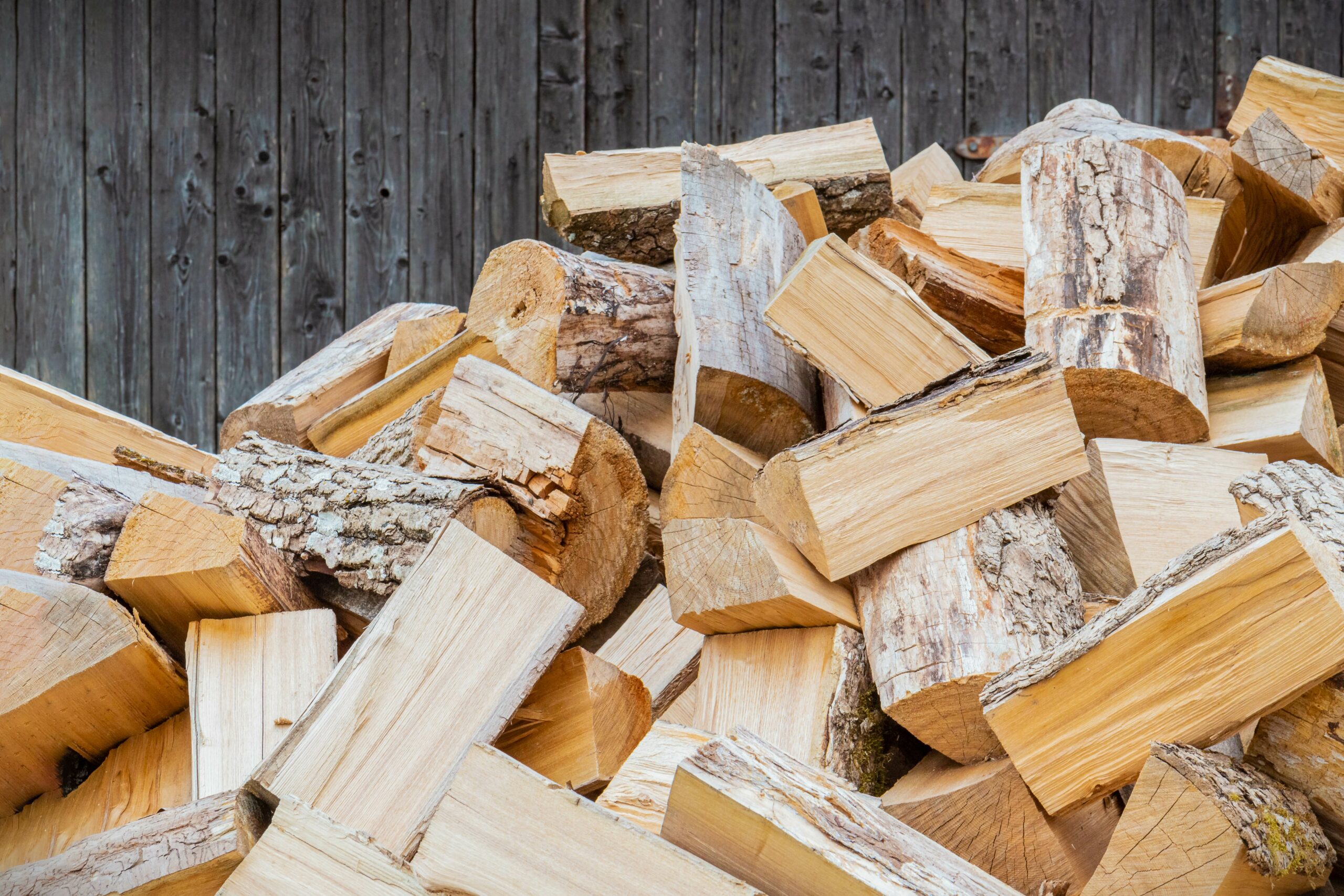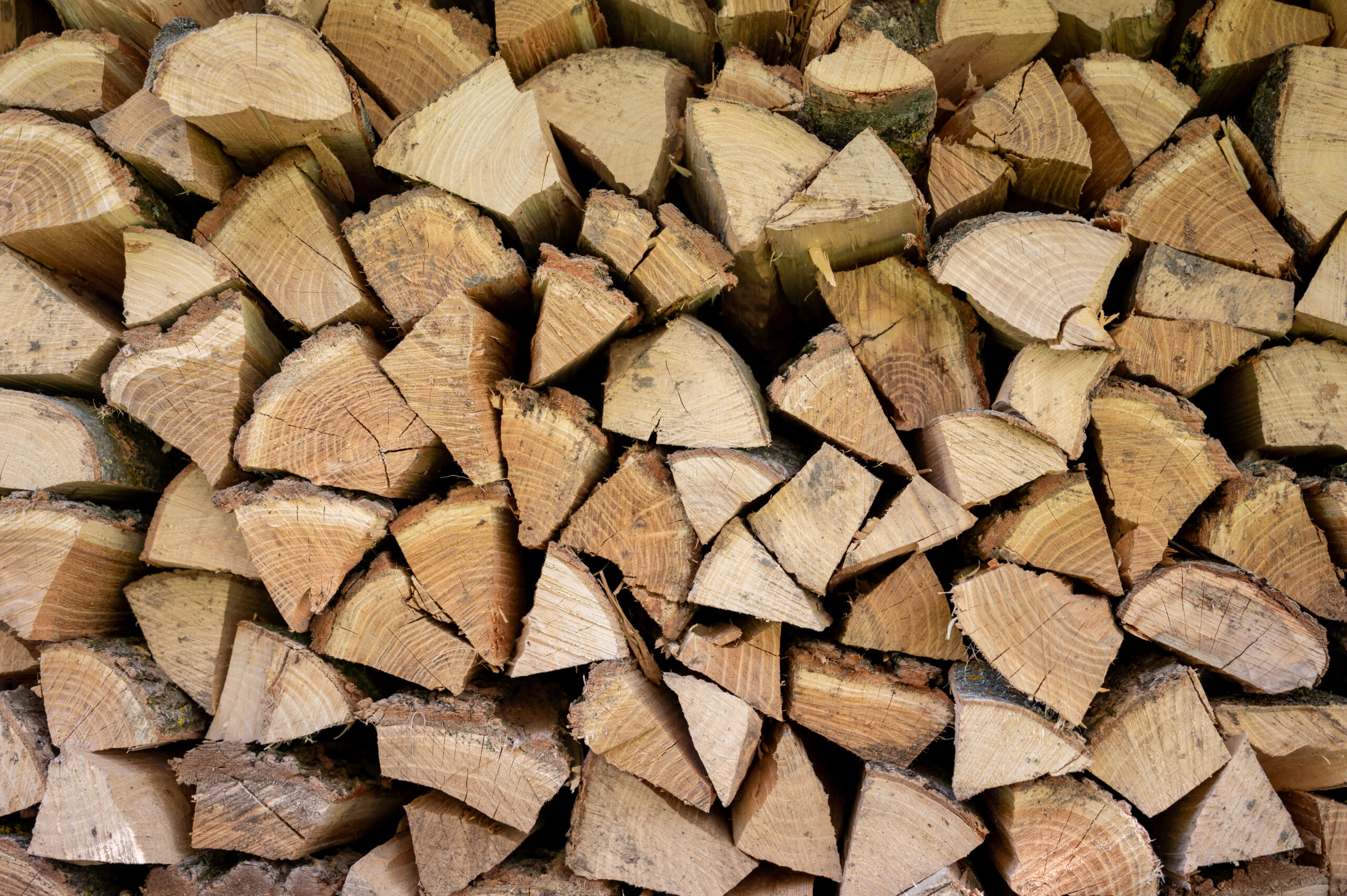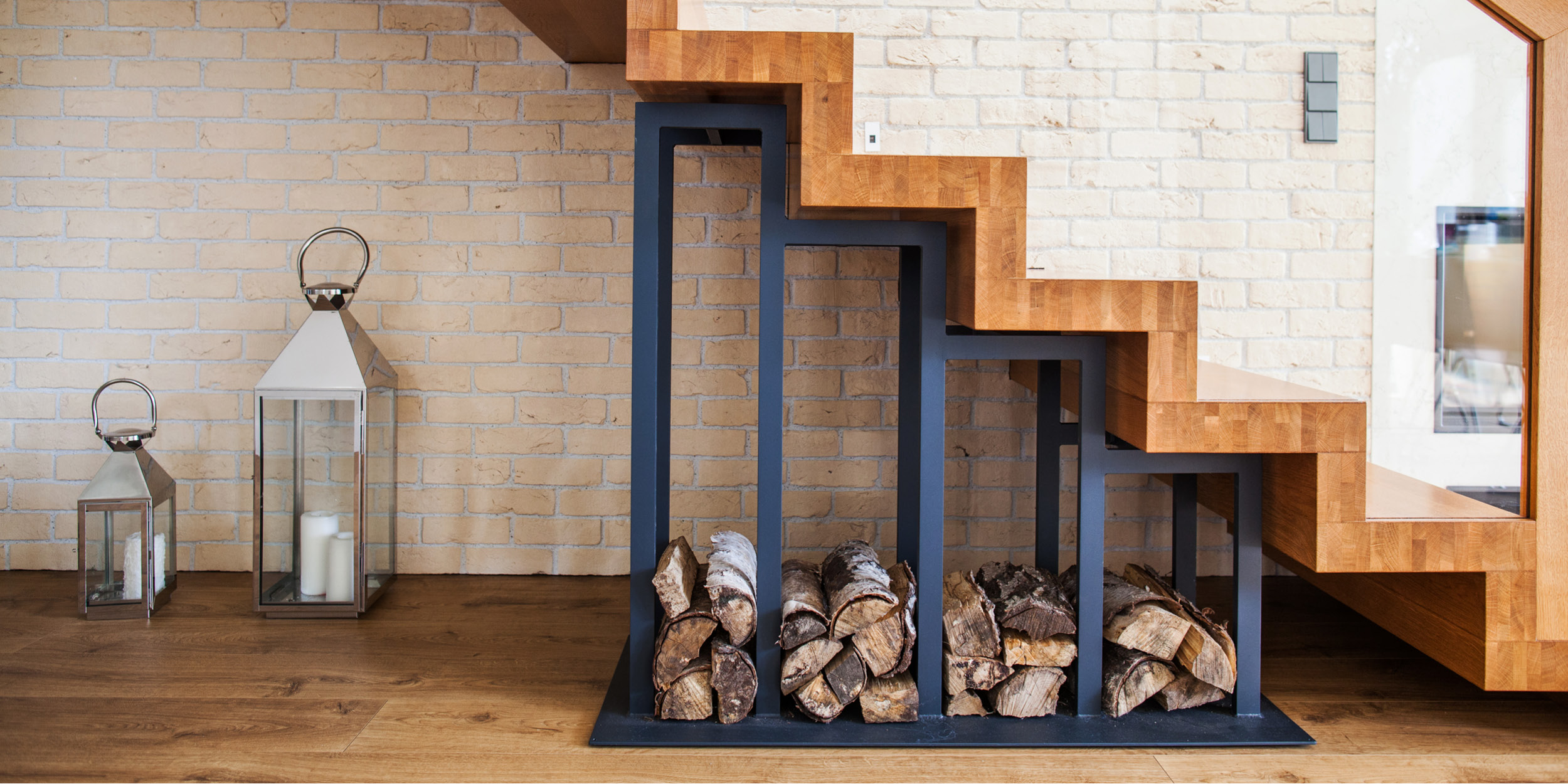Benefits of Dry Wood over Wet Wood
It may sound obvious that wood fuel should be dry before you attempt to burn it but it is not normally clear when wood fuel is actually ready to burn.
A recently felled tree can contain over 60% moisture dependent on the tree species. If the tree is cut into firewood and sold to a customer it may look perfectly good to place straight on to the fire, but a 1kg freshly cut log could contain around 500-600ml of water i.e. around one pint of water.
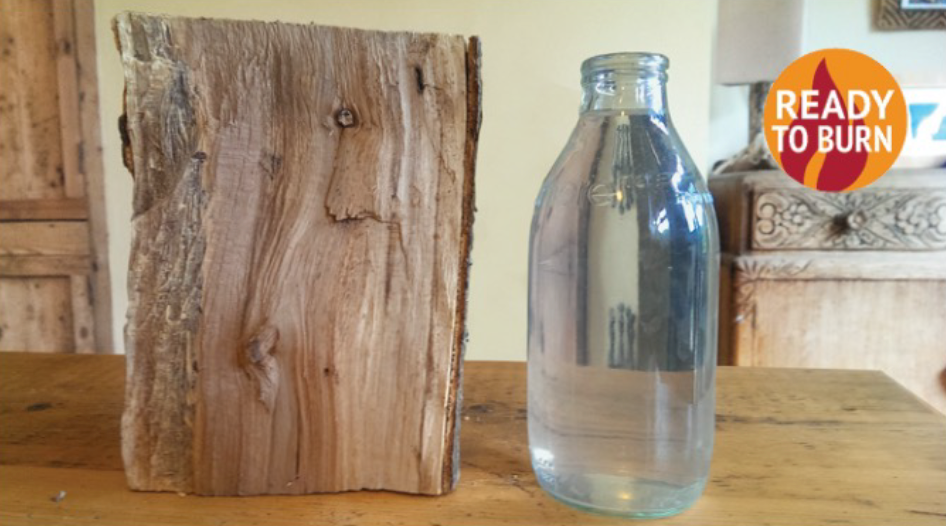
With that knowledge it’s obvious that trying to burn a wet log is not sensible. Before you can benefit from the energy released from a log, a fire has to evaporate and boil off a pint of water, so instead of benefiting from the full amount of available heat energy into the room, much of the energy is being used to dry off the moisture turning it to steam.
Following this logic it may be assumed the drier the wood the better, and wood with zero moisture would be best? But this logic doesn’t apply especially in wood burning stoves. A small amount of moisture is beneficial and the standard that appliance manufacturers work to allows for wood fuel between 12-20% moisture content (on a wet basis). This small amount of moisture moderates the combustion process and liberates the right amount of heat energy to the room in accordance with the appliance design. Wood that is too dry can burn quickly and ferociously dragging in large volumes of excess air which cool flue gases an can increase particulate emissions.
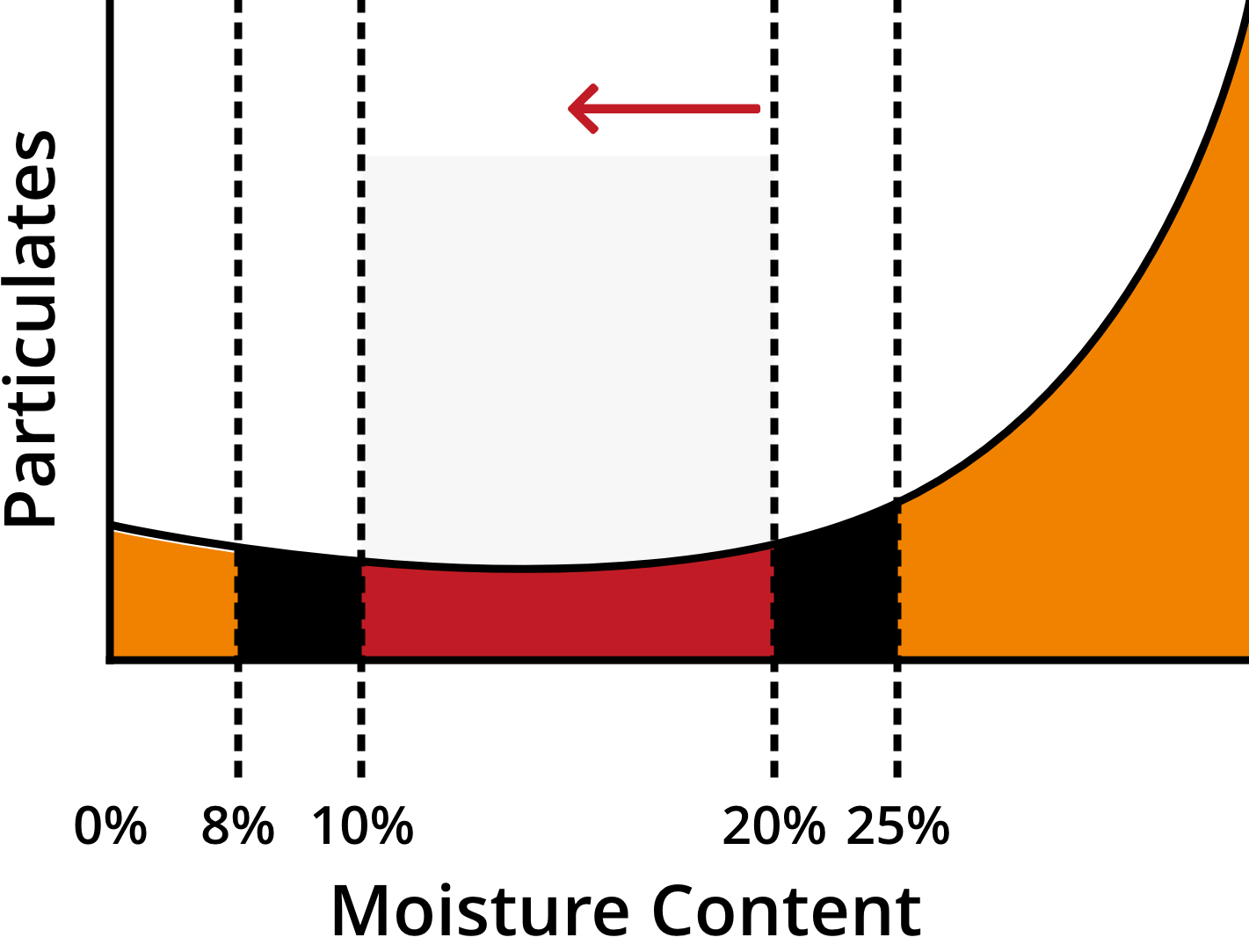
When faced with 2 similar bags of wood fuel where one is clearer, heavier, unseasoned wood, psychologically he cheaper heavier bag may appear better value. But you will get more useful heat from the lighter, drier “Ready to Burn” wood, and produce a cleaner burn with less smoke and emissions. Ready to Burn wood fuel is likely to give you more value for money and more heat output for the same volume of wood.
